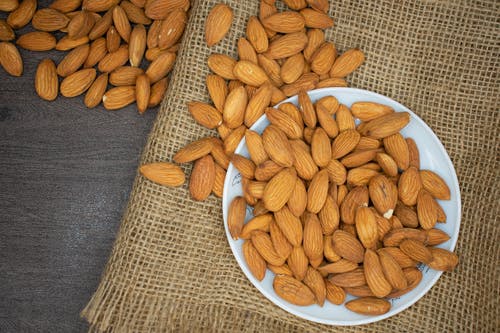



Article by: Hari Yellina (Orchard Tech)
The 2021 harvest is almost finished now. Receipts remain heterogeneous in terms of quality and quantity depending on the region and variety. The volumes recorded to date are higher than last year (1.068 billion Vs 1.052), but this does not augur a larger total harvest. Indeed, the harvest started earlier this year (which explains the difference with N-1); in addition, the yields observed are generally 8 to 15 % lower than last year and are accompanied by a significant presence of small and damaged almonds. These elements tend to confirm that the crop will be around 2.8 billion Lbs. ( = objective expectation). Farmers severely affected by the drought are pulling out the worst-performing orchards. Smaller crop sizes, higher production costs and fears of possible drought consequences are causing farmers not to commit to forward sales.
For the second consecutive month, new sales are down significantly, with a 28 % Vs N-1 (232 million Vs 298 million). Commitments (merchandise sold but not shipped) are following the same trajectory with a sharp 34 % decline, which should inevitably translate into lower shipment volumes over the next few months. This situation generated as much by the unwillingness of Californians to sell forward as by the weak demand in the short term (buyers well covered, local demand is fed by importers’ stocks); has just allowed a sharp drop in prices on the spot.
Falling prices
The publication of the latest report of the Almond Board, on October 13th, was indeed accompanied by a sharp correction of prices in the order of $ 0.15 / lb (= 0.28 € / kg), followed by a further decline of $0.10 / lb this week. Std5 almonds thus went from $2.45 / lb to $2.20 / lb in 10 days. This notable decline is not uniform, however, as large sizes remain expensive.
If Californians are inclined to lower their prices today to boost demand, we must not lose sight of the fact that they still have a lot of carry-in stock from last year to sell in order to free up stocks for the 2021 harvest. What about their positioning in a few months, when fears of the consequences of the latent water shortage will resurface?